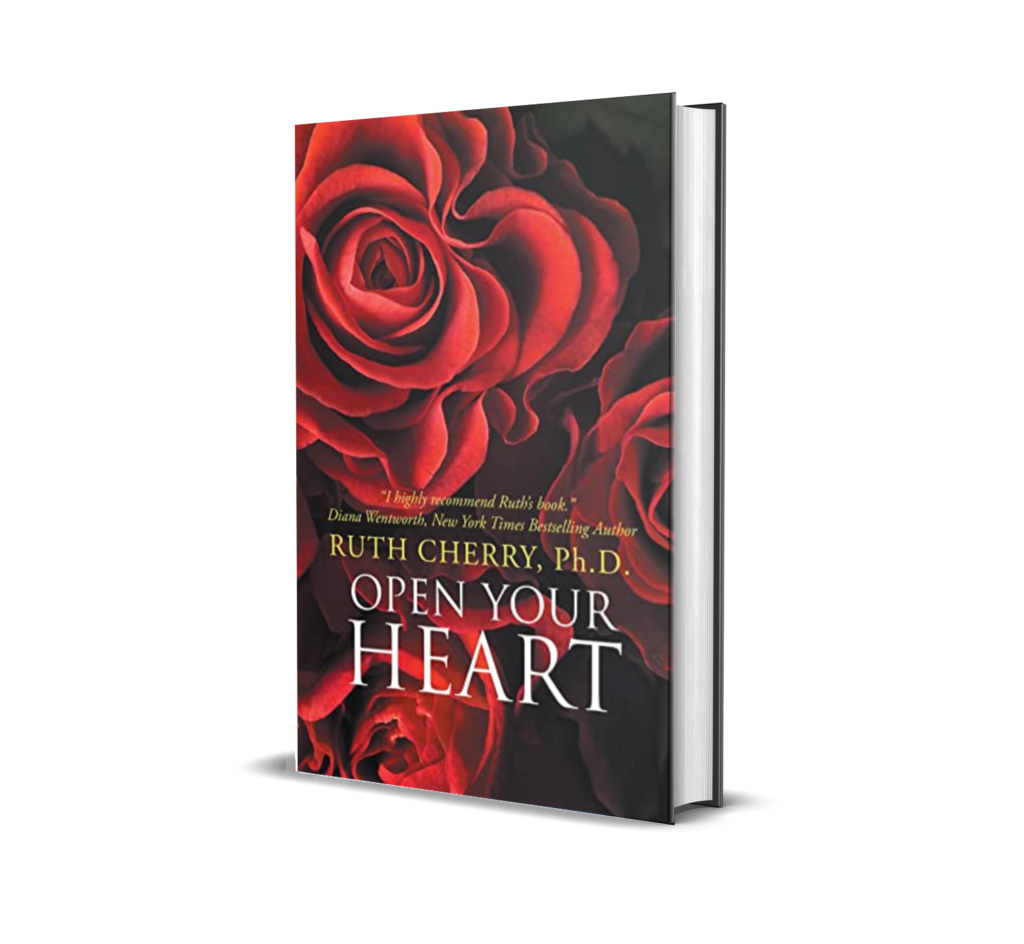

Open Your Heart
Ruth Cherry, PhD
Reviewed by: Mark Heisey, The US Review of Books
“I am afraid of my depth and my complexity and my own intensity. I am afraid of losing myself in the rushing torment of my emotions.”
Anne is a self-made forty-five-year-old professional. Goal-oriented from a young age, she put herself through school and earned advanced degrees. She started and runs her own psychotherapy practice and has bought her own home. To all appearances, she is a strong, smart, and successful woman. However, she is frustrated and unfulfilled. After a particularly annoying day, she returns home to find an older, frazzled woman sitting and smoking at her kitchen table. Hannah, as the woman calls herself, tells Anne that she has come as the answer to her prayers. She claims Anne called her there. As startling as the discovery is, Anne finds herself listening to the woman. She admits that something needs to change in her life, and maybe this woman can help her make that change. Throughout the course of the book, several more characters appear to Anne and attempt to guide her to the change she wishes to make.
This short work can be described as spiritual fiction. The story is used to help direct readers to look at their own lives and see if they need a similar awakening as Anne. It is reminiscent of a morality play, a modern Everyman. However, in this case, the protagonist is less concerned with a classic moral view of herself but rather more concerned with her self-awareness. The characters who interact and guide Anne represent qualities in her own life. There is a controller character, the passionate one, the creative one, and so on. In terms of plot direction, the story unfolds like the Dickens’ classic, A Christmas Carol. Each of the ghosts—or in this case, personality trait-based characters—appears to Anne and guides her to learn about or awaken a part of herself that she has neglected. Much like some Buddhist teachings, Anne must learn to let go of her need to control everything and be open and accept each day and what it brings. She becomes aware of how to see life and other people as they move through it and also to let her heart and sense of self guide how she interacts with these things.
The writing is clear and concise. In some of her scenes, she writes with a lot of description and does it well. Her awakening is seen in sections such as, “I know what it is like to be an apple from the inside, not from the outside as something to look at but as a living and, yes, even a breathing entity.” The growth of Anne in this short book takes place quickly and easily without much struggle. Some will likely connect with this feature, but there may be readers who will look for more concrete guidance and actionable ideas. This book is very accessible and may serve well those readers who feel a general dissatisfaction in their lives. It could be used as the starting point for those who decide they need a change in themselves and inspire them to find the resources they need to help make that change.
